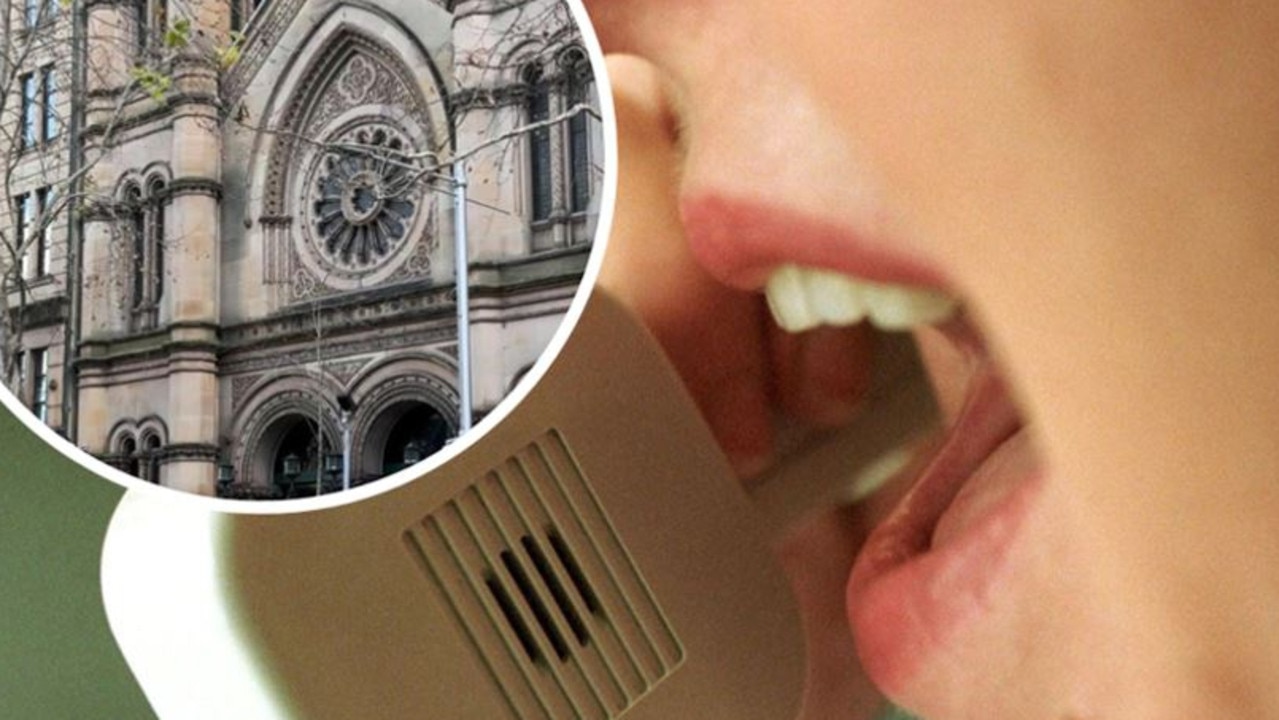Tweed Shire Council declares fire ant incursion into Murwillumbah, northern NSW an ‘evolving emergency’
First it was cane toads. Now, it’s fire ants – and the border battle is messier than a State of Origin clash. Here’s why a Northern Rivers council has declared an “evolving emergency”.
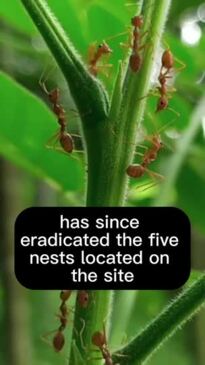
Regional News
Don't miss out on the headlines from Regional News. Followed categories will be added to My News.
First it was cane toads. Now, it’s fire ants – and the border battle is messier than a State of Origin clash.
Tweed Council have declared an “evolving emergency” as the state Department of Primary Industries (DPI) scramble to stop the spread of the invasive pest into northern New South Wales.
On Friday, Tweed Council held an urgent meeting at Murwillumbah with farmers and the wider community to address concerns. It comes one week after five red imported fire ant nests were found at a council-owned industrial estate site on the outskirts of town.
The five nests have since been eradicated by the NSW DPI, as crews and personnel from the National Fire Ant Eradication Program continue to ward off any further incursion through baiting and the deployment of sniffer dogs and ground crews.
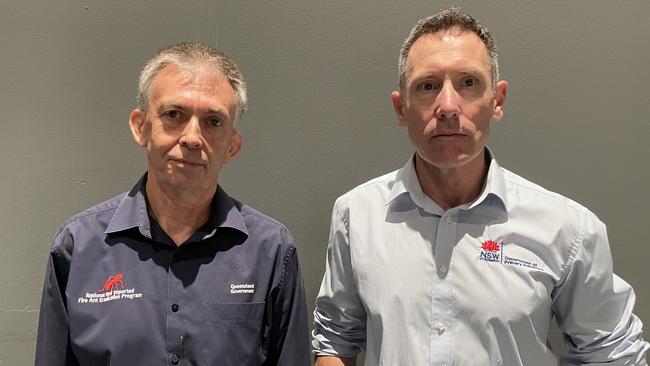
National Fire Ant Eradication Program head of operations Graeme Dudgeon said the threat from fire ants was “as a collective”, where numbers in the hundred were the problem and not the individual.
“They are a problem for humans, for pets, for livestock and agricultural machinery,” he said.
He said Australia held the gold standard for successfully eradicating some of the species, having been “the only country in the world to do so.”
For example, the fire ant problem in the United States costs the country around $7bn in damages each year.
“People need to have their lawns treated for two months before having, say, a wedding in their backyard,” he said.
“Airconditioning units there have about a two-year lifespan because fire ants damage machinery, wiring and circuitry.”
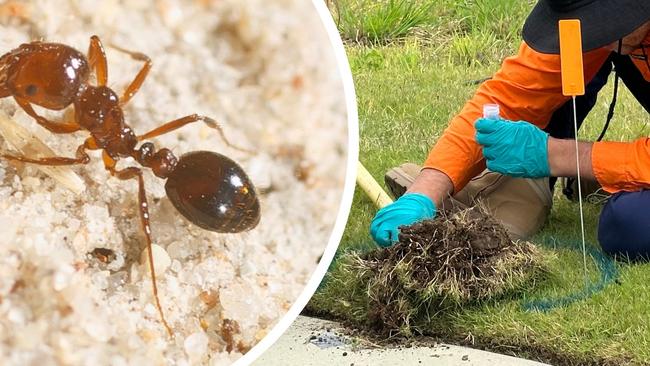
Tweed Mayor Chris Cherry said close to 200 people had spoken with the DPI outside council chambers over the past week.
She encouraged the community to seek information to deal with the “evolving emergency” and gave reassurances that the DPI and the National Fire Ant Program were doing “everything they could” to stop the spread.
While the introduced cane toad may have its awful rap, first introduced in Queensland in 1935 and proliferating to the point of total destruction, the fire ant has been labelled as the worst invasive pest in Australian history, experts say.
Ants on march: Expert warns of ‘devastating’ threat
Earlier: A leading entomologist has spoken about the grim reality of the incursion of fire ants into northern New South Wales, declaring the invasive pest, which has caused human deaths, could hit Melbourne in a matter of days.
Nigel Andrew, a professor of entomology at Southern Cross University, said the public should remain vigilant, warning the impacts could be “devastating” if the introduced species spreads.
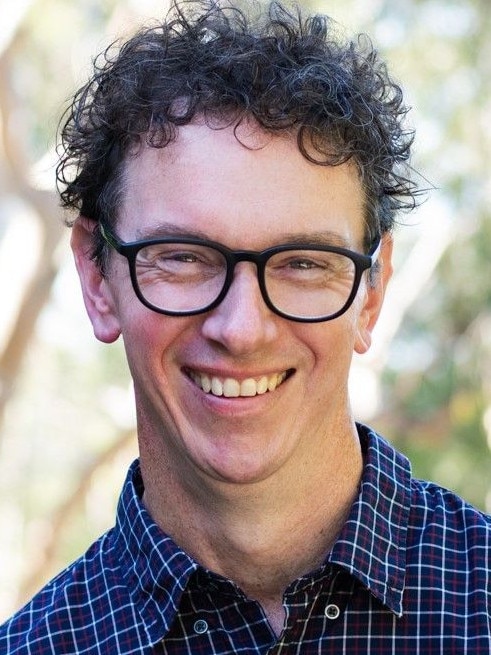
On Friday, imported red fire ants thought to have come from Queensland into NSW were found at a Tweed Shire Council industrial estate site in South Murwillumbah, about 30 kilometres from the border.
NSW Department of Primary Industries (DPI) has since eradicated five nests on the site.
Tweed Shire Council said on Wednesday surrounding land on the subdivision was baited to help prevent any further outbreaks, with DPI personnel and two sniffer dogs onsite.
Mr Andrew said the ants could “very well end up anywhere if they are in mulch or on a truck”.
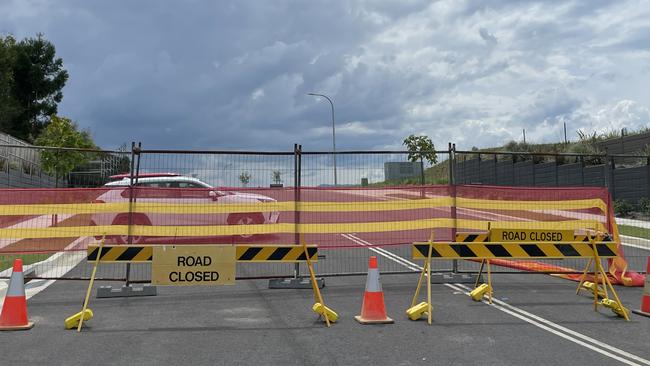
“If there is any movement of product that hasn’t been confirmed as fire ant-free, the impact could be devastating,” he said.
“Queens can move up to 30km if they have wings, and that’s without being transported.
“They could theoretically end up in Melbourne in a couple of days.”
Mr Andrew said each nest could have “millions” of ants inside.
He said there had been no known interstate incursions of fire ants since 2001 when they were found in Brisbane. This is the first time such an outbreak has been recorded in NSW.
“If the populations aren’t controlled early things can get out of control,” he said.
Mr Andrew praised the work of the DPI and the National Fire Ant Eradication Program and said they were “working quickly to control the problem”.
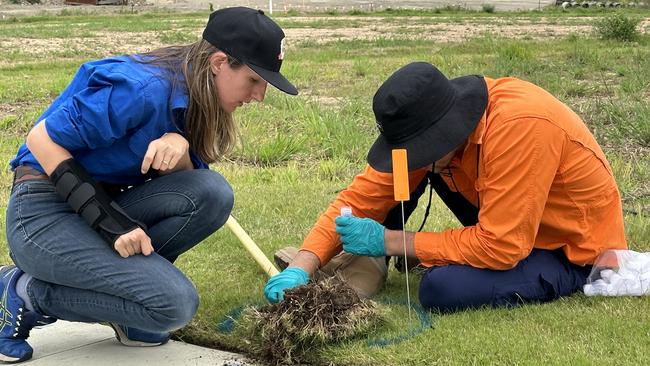
He said funding was “critical” to biosecurity and “if the investment isn’t there – they will take over”.
“Fire ants are a very real threat. They have killed people (due to anaphylactic shock) in the US, wiped out livestock and have decimated entire native ecosystems.
“The reality is they can radically change habitats and affect people’s experience outdoors.”
Mr Andrew said the species “probably has had more impact than any other introduced species in Australian history”.
He said the species can “build super colonies with multiple queens and millions of ants”.
“They are extremely aggressive and I urge the public to follow guidelines from the DPI or the National Fire Ant Eradication program, who have great resources on what to do if you think you have located a nest.”

“Don’t go and try and spray them yourself as it won’t eradicate the nest. The DPI will have information on how to safely photograph a suspected nest from a distance.”
Clarence National MP Richie Williamson urged NSW Premier Chris Minns to take “immediate action”.
“The NSW Government admits it could cost one billion dollars (to tackle the problem). These pests cause grievous harm to their victims – be they humans, native fauna or livestock,” he said.
“Small businesses and family farms are going to cop it big time and they need immediate assurances that the NSW Labor government will be on their side.”
Mr Williamson said: “Without immediate action, this could become a biosecurity and economic nightmare for communities”.
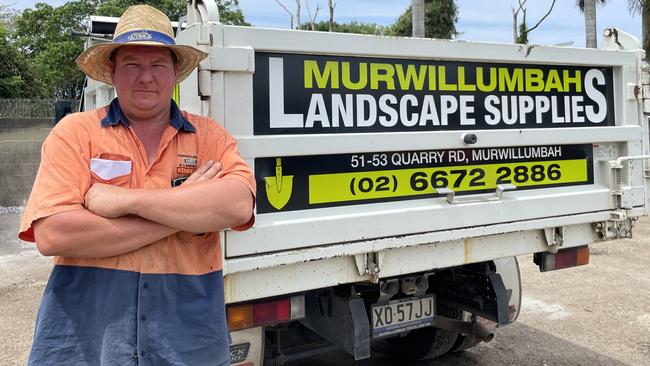
A 5km exclusion zone has since been set up around the impacted site, with businesses and residents restricted in how they can move potential fire ant carrier materials without permission.
Murwillumbah Landscaping Supplies owner A.J Love said the exclusion zone had severely impacted trade.
He told NewsLocal on Monday his company could haemorrhage up to $20,000 per day amid the infestation.
For more information, visit the DPI information page.





